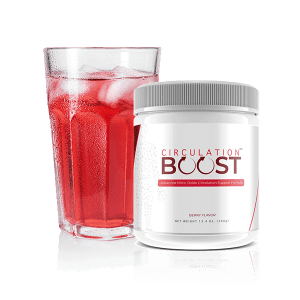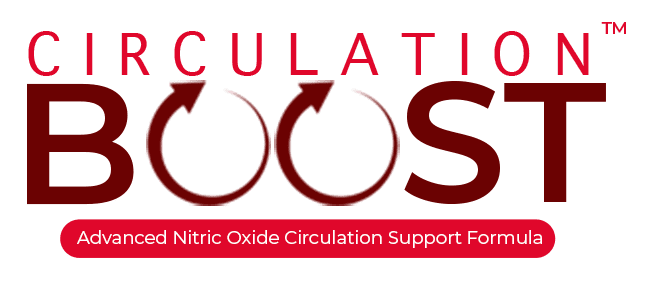Getting a nice massage every once in a while can help you relax, but can a massage help your circulation? Learn about the connection here.
Maintaining normal circulation is an essential part of your health as it helps deliver oxygen and nutrients throughout your body. While some massage therapists claim that massages can positively impact your health, the evidence is mixed. Read below to find out the connection between massages and circulation and how you can boost your blood flow.
Massages and Circulation
 According to some studies, massage therapy may help circulation – at least temporarily. Dr. Giuseppe Aragona, a GP at OnlinePrescriptionDoctor, explains that there are two main types of circulation: blood flow and lymph flow.
According to some studies, massage therapy may help circulation – at least temporarily. Dr. Giuseppe Aragona, a GP at OnlinePrescriptionDoctor, explains that there are two main types of circulation: blood flow and lymph flow.
“Often, when a person has poor circulation, they experience swelling, tension, tightness, and pain which can be relieved through massage therapy,” says Aragona. “The pressure applied through massage actually helps to move blood through any congested areas, and also allows new blood to flow in once certain areas are released. This is done through various massage techniques which use varying pressure.”
In a 2020 study, researchers found that five-minute manual leg massages may help increase circulation in the affected limb and surrounding areas. However, these benefits are only short-term. The reason is that proper circulation depends on an overall effective cardiovascular system.
While massages may help somewhat, the effects have been moderate at best. Moreover, there is a debate about how massages help, since massages are meant to be stress-relieving. When stress levels are down, your heart rate and blood pressure will naturally decrease.
Improving Circulation
Poor circulation can cause symptoms such as numbness or tingling in your limbs, cramps, muscle pain, low energy, and more. While poor circulation is not a disease in itself, it is a symptom of other health conditions such as Raynaud’s.
If you want to improve your circulation, one of the best things you can do is become more physically active. Choose any activity that will get you warm and out of breath such as running, swimming, or cycling.
 In addition, you can improve your diet and eat more fruits, vegetables, lean proteins, and omega-3 fatty acids. These foods will help reduce your risk of developing serious cardiovascular problems.
In addition, you can improve your diet and eat more fruits, vegetables, lean proteins, and omega-3 fatty acids. These foods will help reduce your risk of developing serious cardiovascular problems.
Also, make sure you avoid smoking, since this habit can greatly contribute to plaque formation in the artery walls. Lowering your stress levels and getting enough sleep can also help maintain your blood pressure levels in a healthy range.
Finally, if you want to give your circulation an extra boost, you can take supplements like Circulation Boost. Its ingredients are effective at promoting blood flow, blood pressure health, and overall heart health. Give your circulation the support it deserves by exercising, eating healthily, and taking Circulation Boost.
